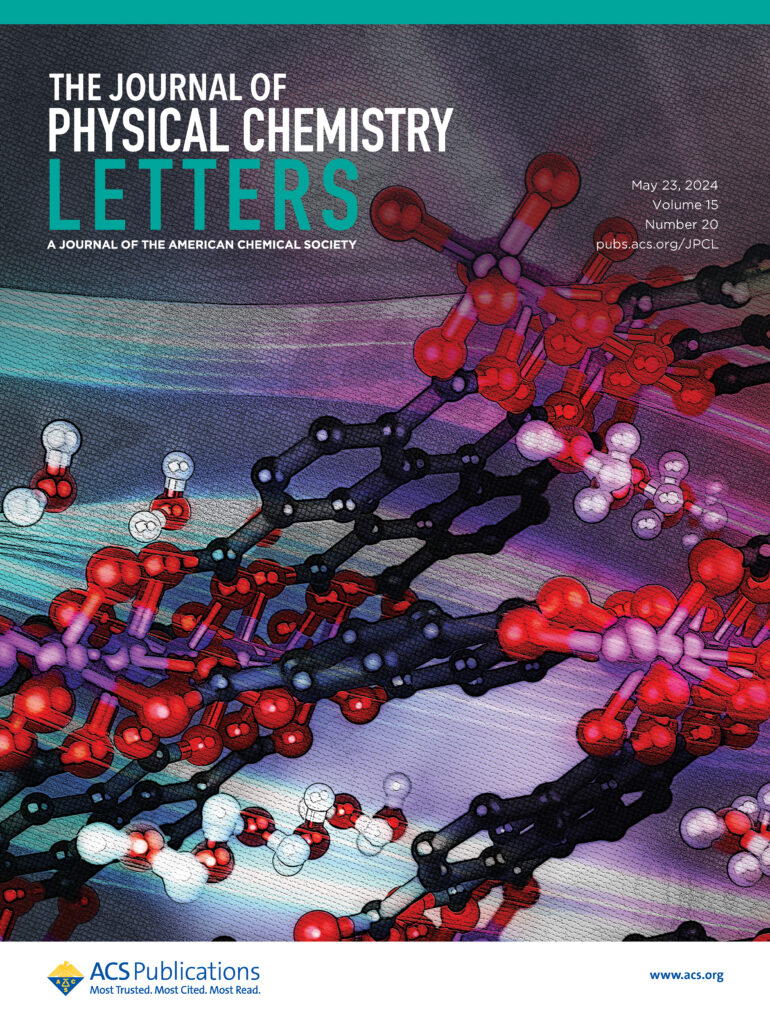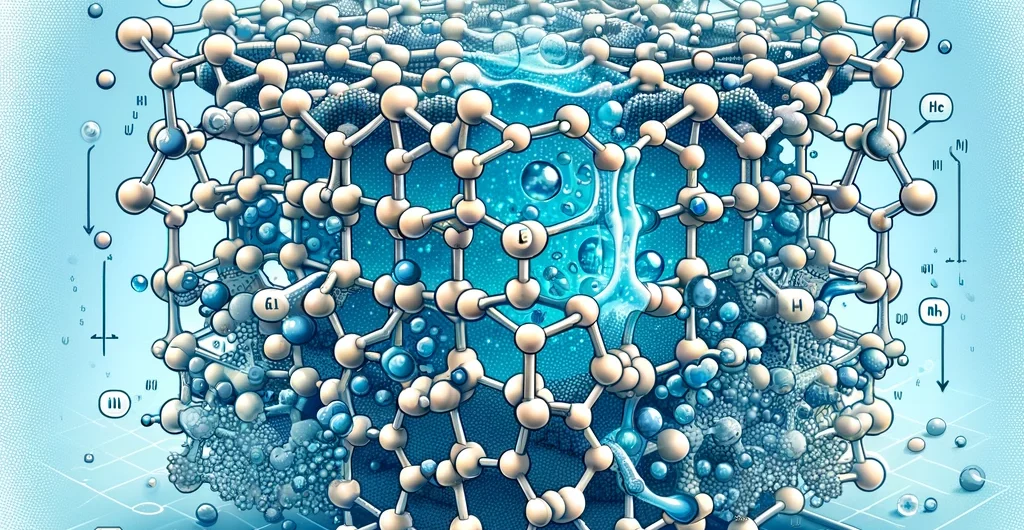Metal-organic frameworks (MOFs) are porous materials that hold great potential for various applications, including gas storage, drug delivery, and water harvesting. One such MOF, MIL-53(Al), exhibits fascinating structural transformations, especially when interacting with guest molecules like water. Despite extensive research, the precise orientation of water molecules within MIL-53(Al) has remained controversial. Our recent study, published in the Journal of Physical Chemistry Letters (https://doi.org/10.1021/acs.jpclett.4c00706), and was also featured on the Journal Cover. leverages terahertz (THz) spectroscopy, alongside powder X-ray diffraction (PXRD) and density functional theory (DFT) simulations, to resolve this ambiguity and provide a robust method for characterizing host-guest complexes.

MIL-53(Al) can exist in four phases, each influenced by temperature, pressure, and guest molecules. The narrow-pore phase (MIL-53(Al)-np) is particularly intriguing due to its dramatic volume change upon water adsorption. Traditional methods like PXRD face limitations in accurately locating hydrogen atoms in water molecules within the MOF. This necessitates complementary techniques for precise structural determination. THz spectroscopy, sensitive to long-range weak forces, provides clear insights into the configuration of guest molecules. Our study demonstrates that THz dynamics can unambiguously determine the correct structure of MIL-53(Al)-np, distinguishing between previously proposed models.
Our findings highlight the potential of THz spectroscopy as a powerful tool for studying MOFs and other host-guest complexes. This technique offers several advantages over traditional methods, particularly its sensitivity to the bulk structure of materials, as well as its sensitivity to the positions of light atoms like hydrogen. The ability to accurately determine the structure of MIL-53(Al)-np opens up new avenues for studies and the design of advanced MOF-based applications.

